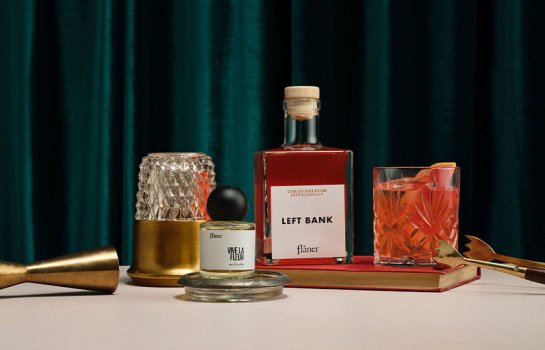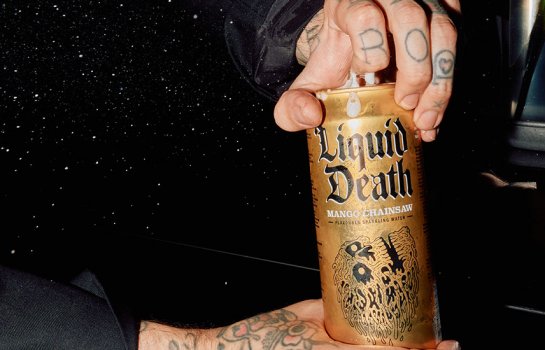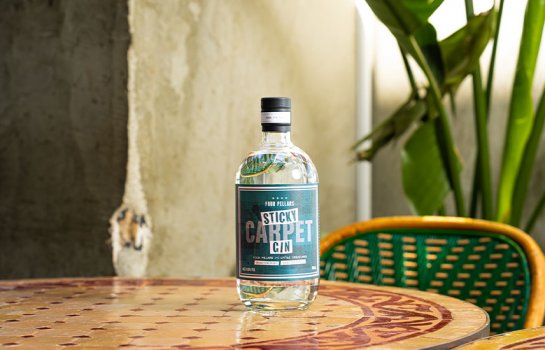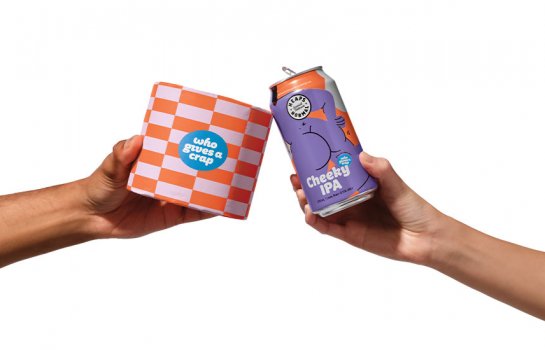
Re-corking vintage wines with Penfolds
Whether you’re a novice enthusiast, discovering craft wines for the first time, or you’ve hand-built a cellar into your home and stocked it full of dusty vintage numbers, a love of wine shows no boundaries or limits in its reach.
Wine lovers young and old turned out for renowned Australian winery Penfolds’ re-corking clinics this week. Held every two years and travelling around the globe, the re-corking clinics are a complimentary service for owners of Penfolds bottles more than 15 years old. Around 1500 bottles were brought through the bustling Brisbane clinic, with the clientele ranging from young folk bringing in their inherited bottles, grandparents with bottles purchased in the 1950s, investment types headed to auction and those who will savour each drop personally. The only Australian winery to offer such a service, Penfolds is dedicated to ensuring each drop it produces is the best it can be. These clinics offer wine collectors reassurance that their well-kept bottles are still travelling upwards on the taste escalator and haven’t spoiled, and also to gauge from the winemakers when they should finally pop the cork and relish their vintage.
Chief winemaker Peter Gago has been with Penfolds for 23 years, and has been running the free clinics around the world for his entire career. He took a moment to walk us through the re-corking process … Firstly, the level of the wine is checked to confirm it sits within the appropriate range for re-corking – too low could mean the wine has oxidised or is not as it should be. The capsule is then removed, and a butler’s thief is used to lift the cork straight out. Your typical waiter’s friend opener should only be used to open young wines, as the cork could break with the side-to-side movements – and with older delicate corks, the chance of this is heightened. Once the cork is removed with a pop, a blend of carbon dioxide and nitrogen is added to the neck of the bottle to protect the wine while the cork is out. Up to 15 ml of the wine is then poured for assessment – just 2% of the bottle. The wine is allowed to rest for a moment, given a good swirl, before a chief winemaker samples the drop to assess if your bottle is a good example of that style of wine. The owner also gets the chance to sip their prized possession, sampling a little of what is to come.
If the wine has been stored correctly – something of utmost importance in our humid Queensland climate – and the wine is proving itself worthy across colour and taste, an authenticity label is added to the back of the bottle certifying it to be true to style, and the details are entered into a data bank so the bottle can be traced in future if being sold or auctioned at a later date. A little of the current vintage of that style of wine is then added to the bottle to top up the level. Because only 2% of the wine is being replaced, there is no difference in overall taste, but this is why bottles can only be re-corked once, so to not affect the original vintage further. The bottle is then resealed with a new high-quality cork labelled with the style of wine and the year of the clinic, re-corked using an Italian-made single-head vacuum re-corker, and secured with a capsule sealer. Watch more of the process here.
The Stumble Guide is our comprehensive Brisbane dining guide with more than 2400 places to eat, drink, shop and play.




